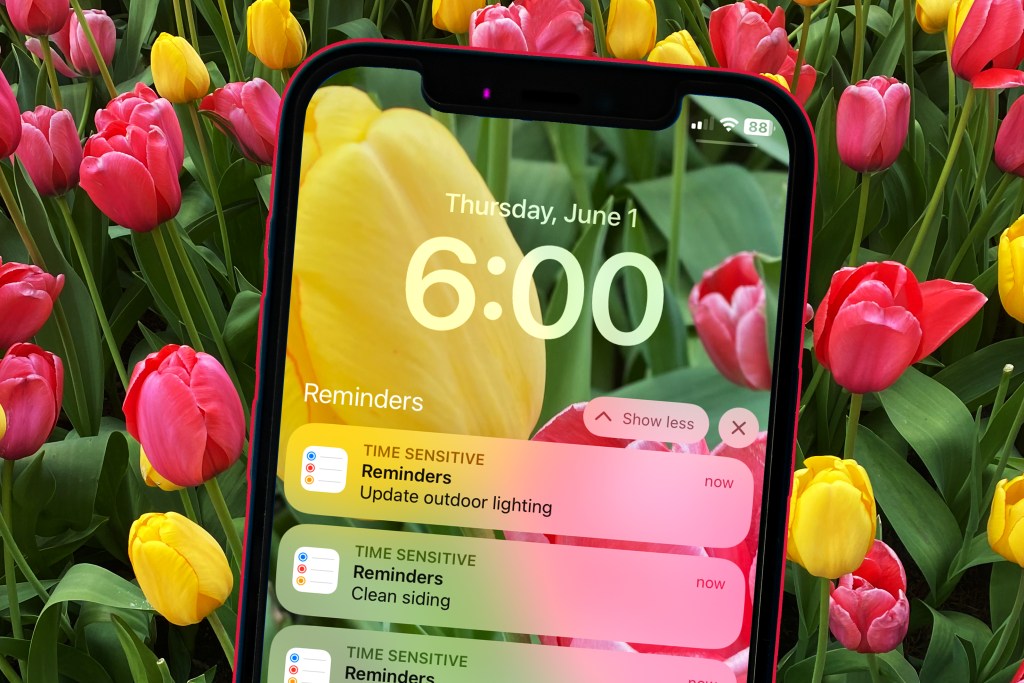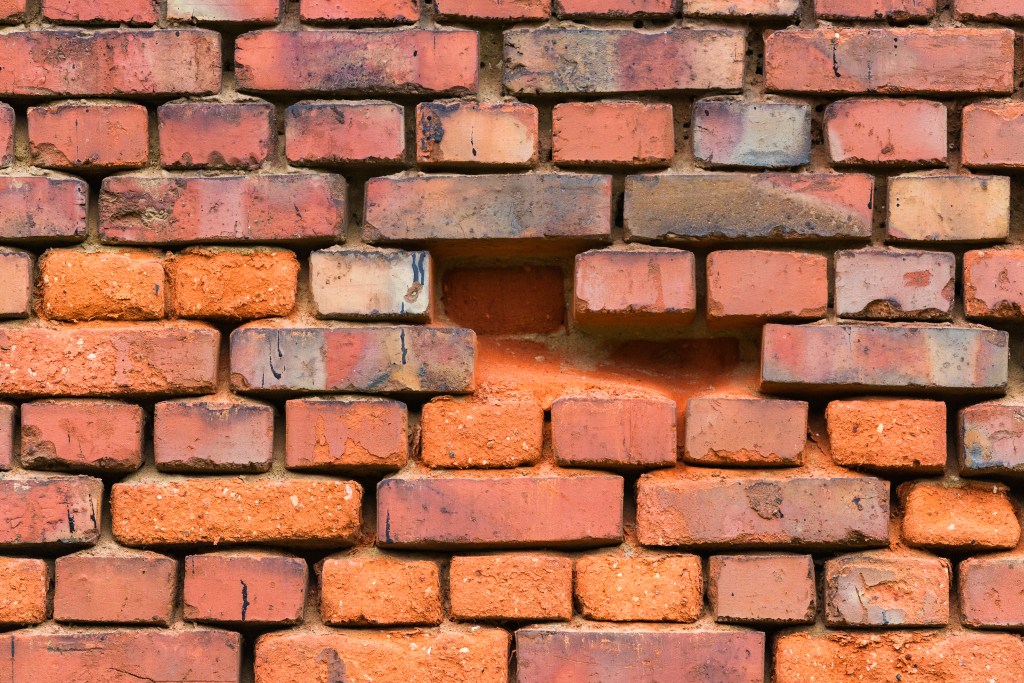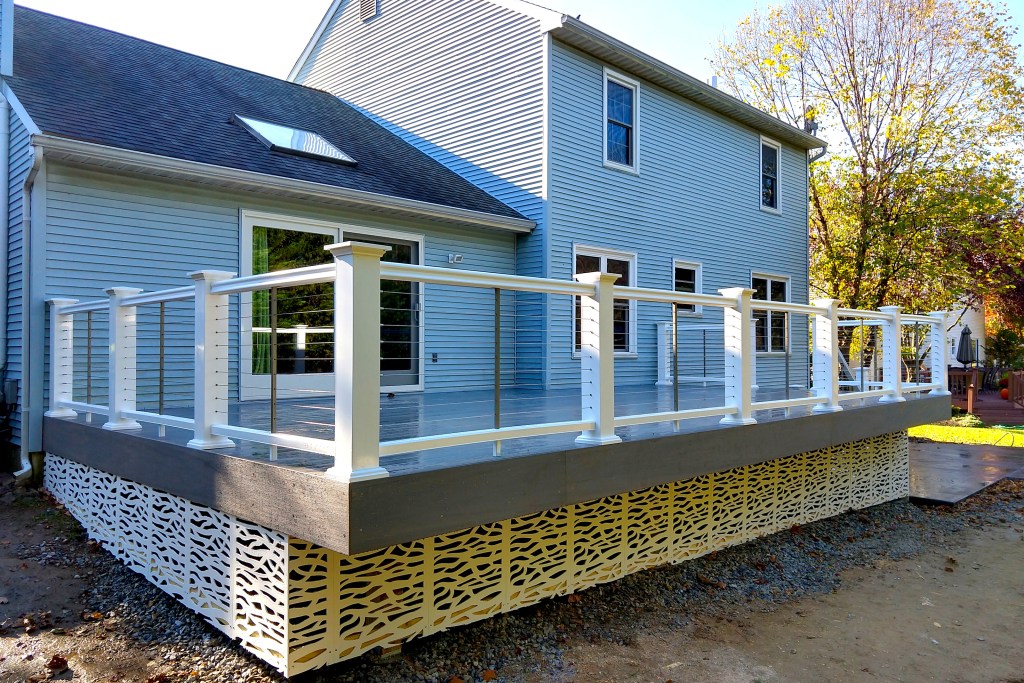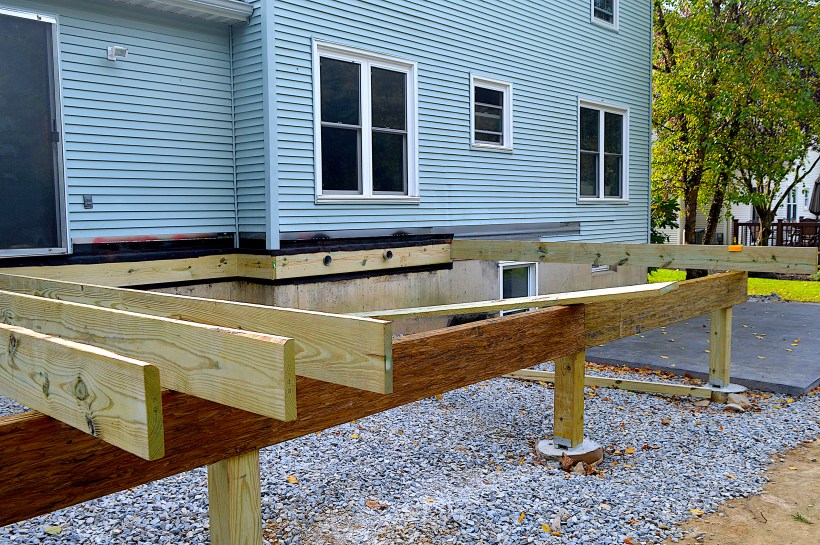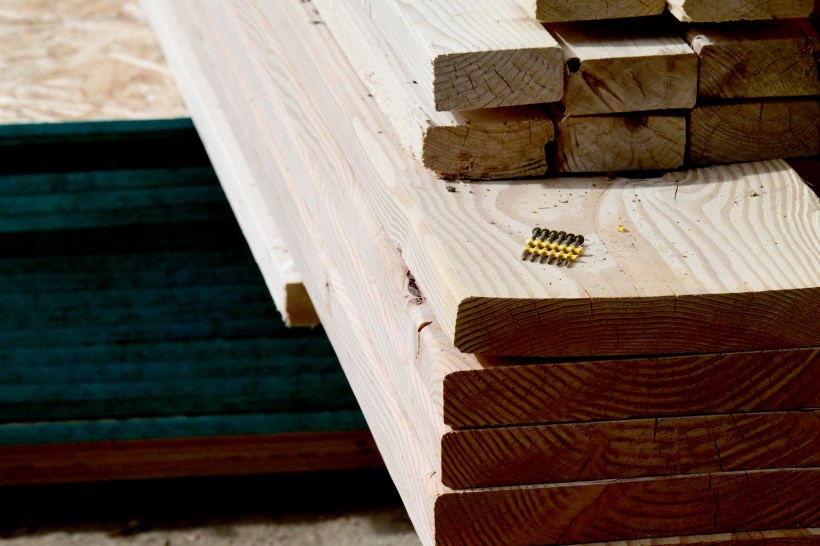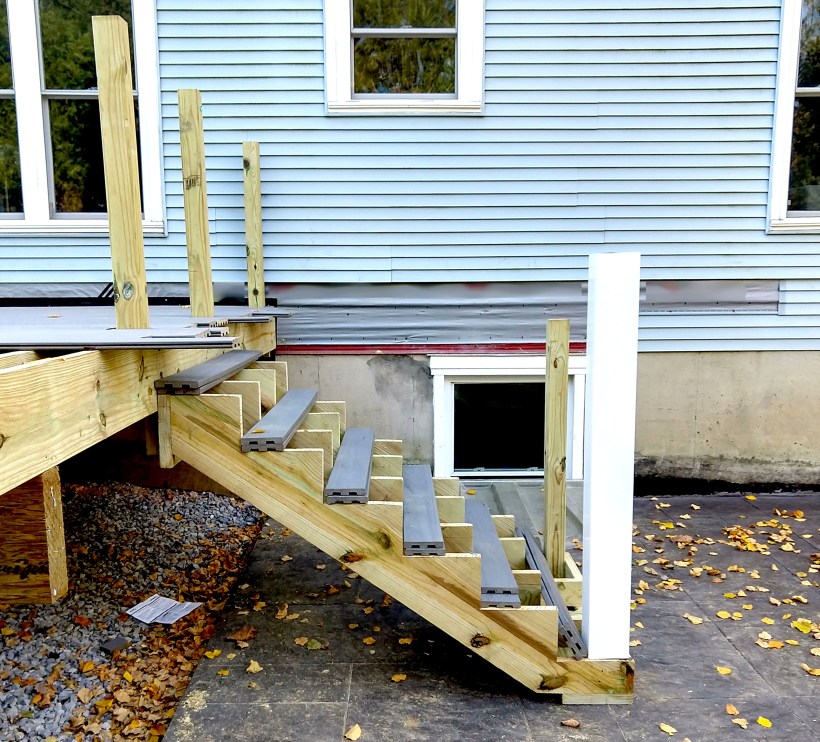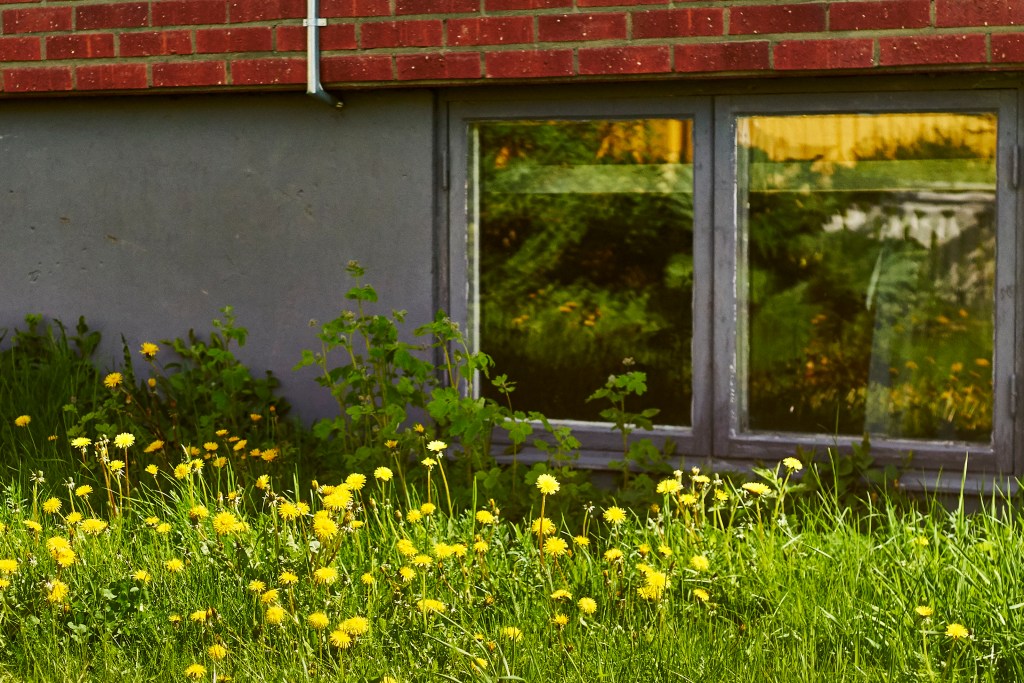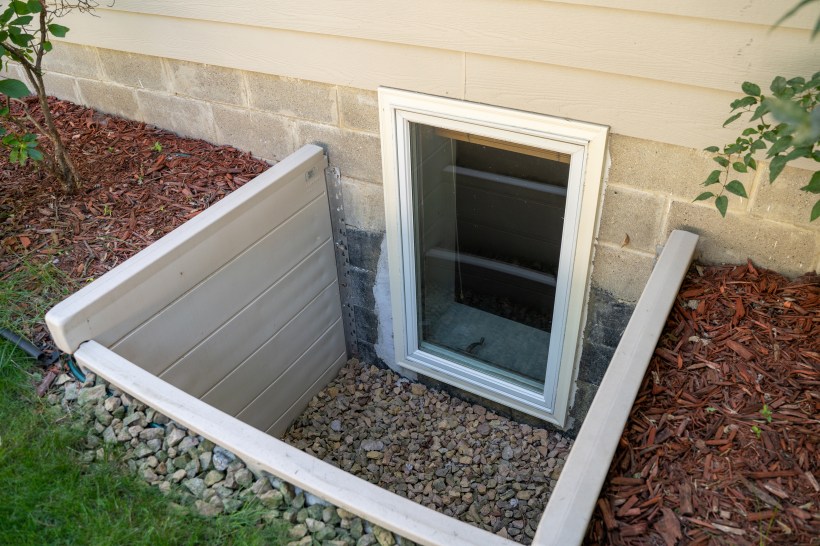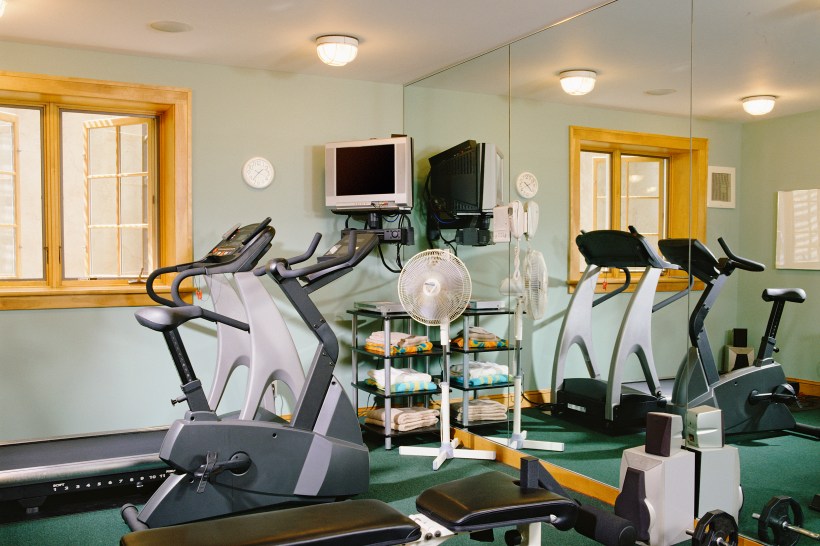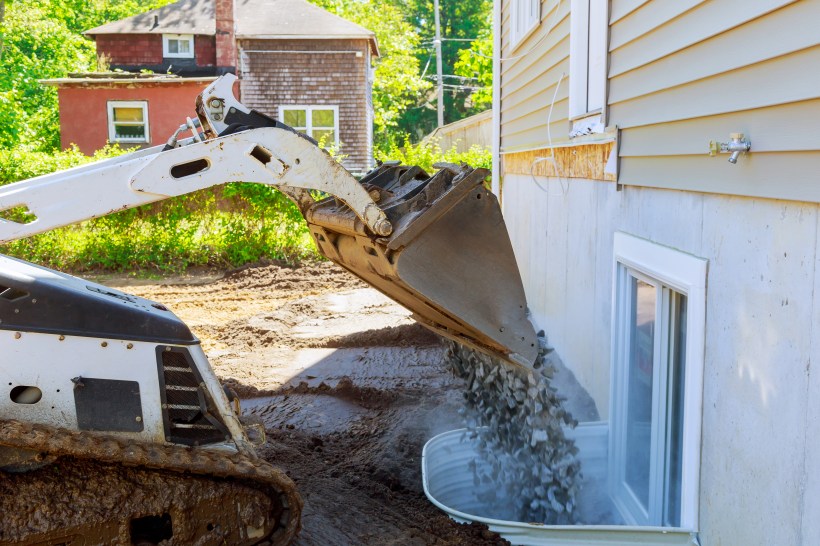You may not know it, but your home could have indoor air pollution. Here’s how to clear the air.
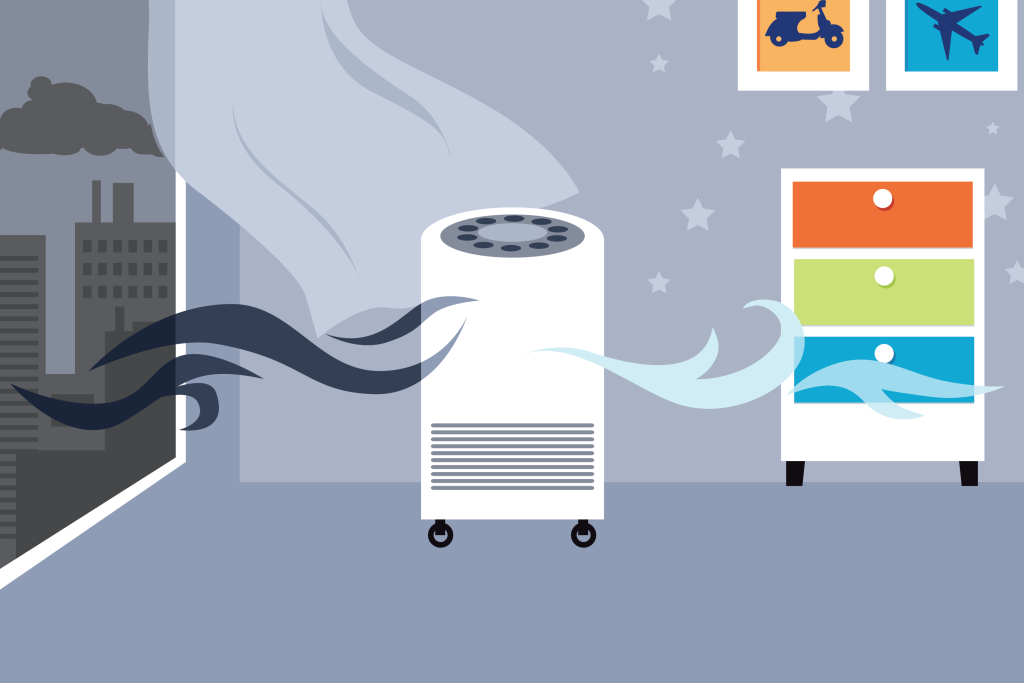
- You probably clean your home regularly, but your indoor air quality could benefit from a thorough cleaning, too.
Recent studies point to why: The air you breathe inside your home can contain two to five times more pollutants than outside air, according to U.S. Environmental Protection Agency research. Consider that Americans spend about 90% of their time indoors, too.
What’s Causing Indoor Air Pollution
Other factors also contribute to the problem. Wildfires, like the ones in Canada that spread to the U.S., can compromise outdoor air quality. That outdoor air can enter homes, making it unhealthy to breathe the indoor air, the EPA says. Other causes of indoor air pollution range from household cleaners and chemicals — those emitted from paints and furnishings — to cooking appliances, fireplaces, tobacco, pet dander, mold, dust, pressed wood products, coal heating, and even candles.
Compounding the issue, today’s super-sealed, energy-efficient homes can lead to a buildup of pollutants. This can create health problems including respiratory illnesses and allergy flare-ups, migraines, and even heart disease, according to the World Health Organization.
“A lack of ventilation is the most common culprit behind air quality issues,” says Lane Dixon, vice president of operations at Aire Serv, a Tennessee-based heating and air conditioning company. “When the air can’t circulate properly, allergens, dust, and debris build up within the home.”
12 Ways to Improve Indoor Air Quality at Home
Experts offer these 12 tips that can help you keep your indoor air quality as clean as the rest of your home.
#1 Maintain Good Indoor Hygiene
Cleaning your home regularly can help reduce indoor pollutants like dust, pet dander, and mold. Wipe down hard surfaces with a damp cloth and vacuum carpets weekly with a HEPA-rated filter (capable of capturing 99.97% of particles larger than 0.3 microns), suggests Martin Seeley, CEO and founder of Mattress Next Day in the U.K. The American Academy of Allergy Asthma & Immunology recommends washing bedding weekly in hot water (130 degrees Fahrenheit) to kill dust mites — allergy-triggering, microscopic creatures that thrive in bedding, upholstered furniture, and carpets.
#2 Change HVAC Filters Regularly
More than a quarter of Americans admit they never change their home’s air filter, according to a consumer survey from The Zebra, an insurance comparison site. Air filters can remove allergens and pollutants and help improve overall air quality, Seeley says. Replace them per manufacturer’s guidelines; experts usually recommend at least every three months. During heavy-use months in the winter or summer if you have pets, check filters monthly.
Tip: Choose air filters with high MERV (minimum efficiency reporting value), ratings on a scale of 1 to 16. In general, the higher the rating, the better the filter can capture certain particles.
#3 Open the Windows
Natural ventilation is key to improving air quality, according to the EPA. Even during cooler months, opening a window just a crack for at least 10 minutes a day can prevent stale, stuffy air and the accumulation of indoor contaminants. But keep windows closed when outdoor pollution is a problem.
Create “stack ventilation” by opening windows at the same time on higher and lower levels to create a breeze throughout the house, suggests Christine Marvin, chief marketing and experience officer at Marvin, a windows manufacturer. Or, consider adding a heat recovery ventilator or energy recovery ventilator to your HVAC system to circulate fresh air from the outside. Turn these devices off, though, when outdoor air pollution is a problem.
#4 Watch Humidity Levels
Humidity can be an air quality nemesis, leading to mold, mildew, and bacteria. To keep humidity in check, use dehumidifiers to remove moisture from the air. Also, always use an exhaust fan in the bathroom during showers and for at least 15 minutes afterward. To gauge humidity levels, consider buying a hygrometer, which is like a thermometer for humidity. Keep indoor humidity levels from 30% to 50% relative humidity, the EPA advises. If a home’s too dry, humidifiers add moisture to the air. For example, ultrasonic humidifiers emit cool mist to increase humidity. Follow the manufacturer’s directions on cleaning and use.
#5 Invest in an Air Purifier
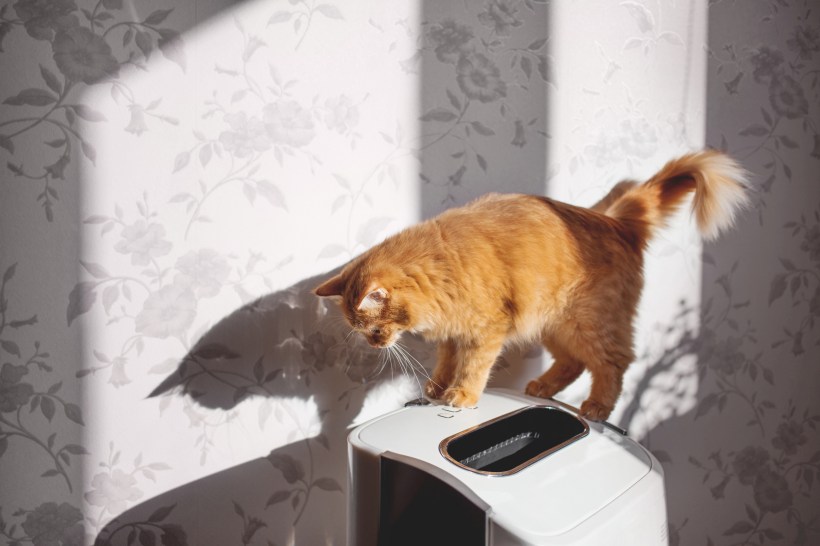
- These portable devices can capture and neutralize indoor irritants like germs and allergens. The main types of air purifiers are HEPA purifiers (capture at least 99.97% of particles larger than 0.3 microns), activated carbon technology (filters that use high-absorbency carbon), ultraviolet technology (uses shortwave ultraviolet light to kill airborne pathogens), and ionic purifiers (send negatively charged ions and clean the air using electrically charged filters).
Tips: Check for an AHAM Verifide mark, which shows the air cleaner’s clean air delivery rate and suggested room size, and signifies that the manufacturer’s claims about performance have been verified independently, says a spokesperson at the Association of Home Appliance Manufacturers. Place air purifiers in the center of a room, away from anything that may block them, and clean any filters regularly, he says.
#6 Flip on a Fan
Floor fans, exhaust fans, and ceiling fans can all be used to increase a home’s ventilation. During the pandemic, studies showed that ceiling fans could help move the air inside a space and reduce the indoor transmission of airborne pathogens.
#7 Clean Your Pet
Yes, even your beloved pet can lower indoor air quality by leaving behind dander, microscopic skin flakes that linger in the air and can trigger allergies and respiratory issues. Clean pet bedding regularly. Create pet-free zones in the house. Try a paw wiper, such as silicone washer cups lined with bristles, to clean paws before pets enter your home to avoid tracked-in outdoor contaminants.
#8 Vent While Cooking
About 30% of indoor contaminants come from cooking alone, according to the “International Journal of Environmental Research and Public Health.” Lower your risk by venting cooking aerosols while cooking. Gas stovetop ranges have come under fire because of the nitrogen dioxide and carbon dioxide emitted during use. A range hood fan, which should be vented to the outside, creates a vacuum in the house to help remove dangerous gasses when cooking.
#9 Use Air-Cleaning Plants
NASA-backed research has shown plants can help remove toxins from the air. Often, the larger and leafier the plant is, the greater the air-purifying impact. Among nature’s best air purifiers: English ivy, bamboo palm, parlor palm, snake plant, red-edged dracaena, peace lilies, and Boston ferns.
#10 Limit Indoor Chemicals
Cleaning products can produce volatile organic components, which can irritate eyes, nose, and throat and even cause organ damage after heavy exposure. These components can be found in products like paints, cleaning liquids, air fresheners, and hairspray. Aire Serv’s Dixon suggests avoiding chemical-laden household products containing ammonia, chlorine, and triclosan — contributors to poor indoor air quality. When using cleaning products, increase ventilation by turning on fans or opening windows. Store your cleaning products — as well as paints and pesticides — away from the house, in the garage or a shed. Or, opt for cleaning products with natural ingredients, like baking soda or vinegar. Chemicals may lurk in other areas of the home too, such as formaldehyde in pressed wood furniture, flooring, and even carpet fabrics. Look for products with low or no formaldehyde.
#11 Swap out Candles
Certain types of candles may add scent but worsen indoor air quality. Candles made from synthetic fragrance oils and paraffin wax can release airborne soot — consisting of phthalates, lead, and benzene — that can trigger respiratory and allergy symptoms, according to the EPA. Experts suggest using candles made of beeswax, palm oil, soy, or other plant-based waxes, which can burn cleaner and longer. Also, the Children’s Environmental Health Network suggests choosing candles with a single wick, increasing ventilation when burning, and burning candles for only one or two hours at a time.
#12 Monitor and Test the Air
You can buy devices to use at home that detect, monitor, and report on air pollutants like particulate matter, radon, carbon monoxide, carbon dioxide, formaldehyde, volatile organic compounds, and environmental factors. The devices, which the EPA calls low-cost air pollution monitors, use a number, color, or graphic to display the level of pollutants the device’s sensors detect. But there are no widely accepted air concentration limits for most pollutants indoors, so each manufacturer determines the levels that trigger an alert, the agency says. It also notes that the cost usually relates more to device features than performance. The EPA doesn’t produce the monitors, but it does evaluate certain air sensor technologies, generally in outdoor conditions. You can find scientific information about using air sensor monitoring systems from the EPA’s Air Sensor Toolbox.
Of course, there are limits on what you can control in your home environment. But making some changes can help you and your family breathe a lot easier.
“Visit HouseLogic.com for more articles like this. Reprinted from HouseLogic.com with permission of the NATIONAL ASSOCIATION OF REALTORS®.”


